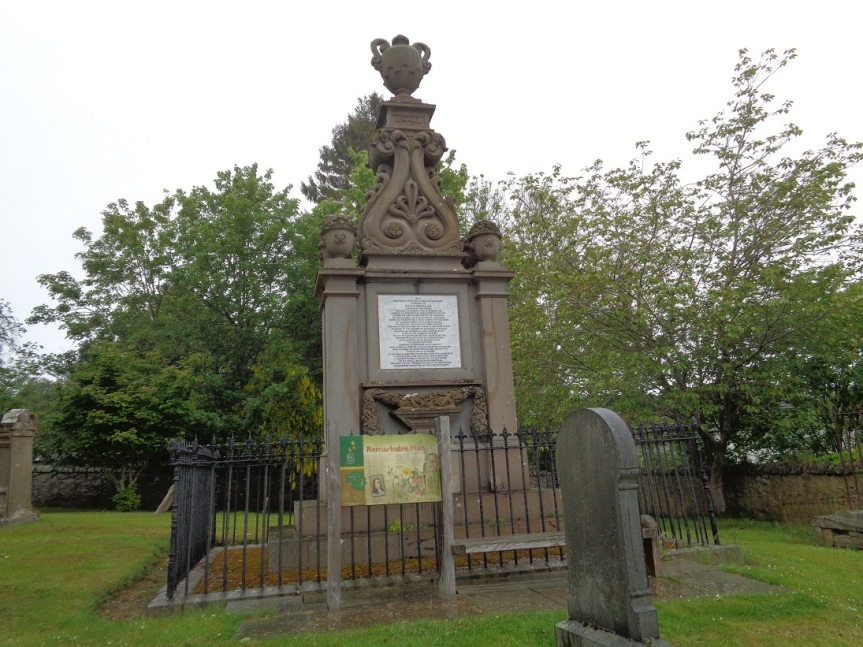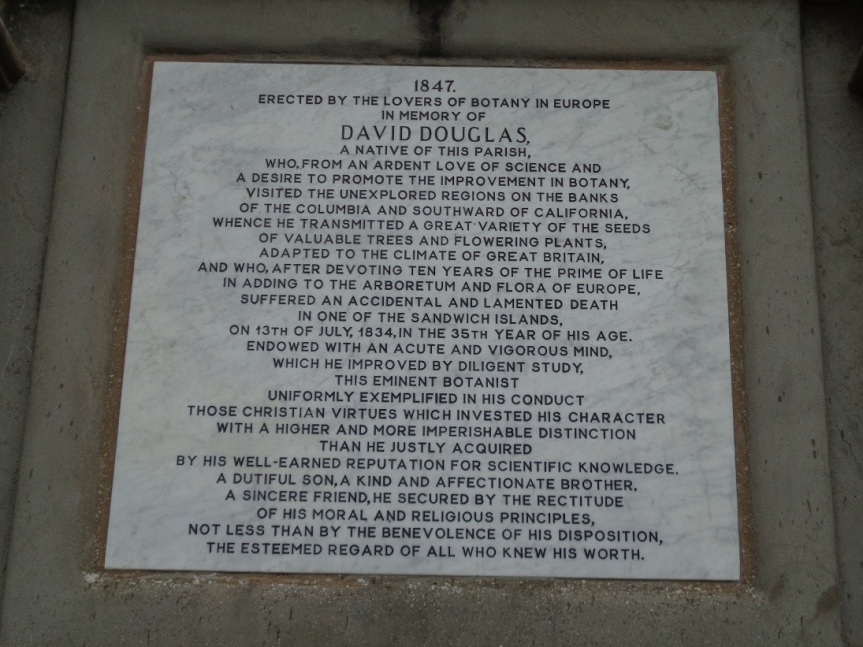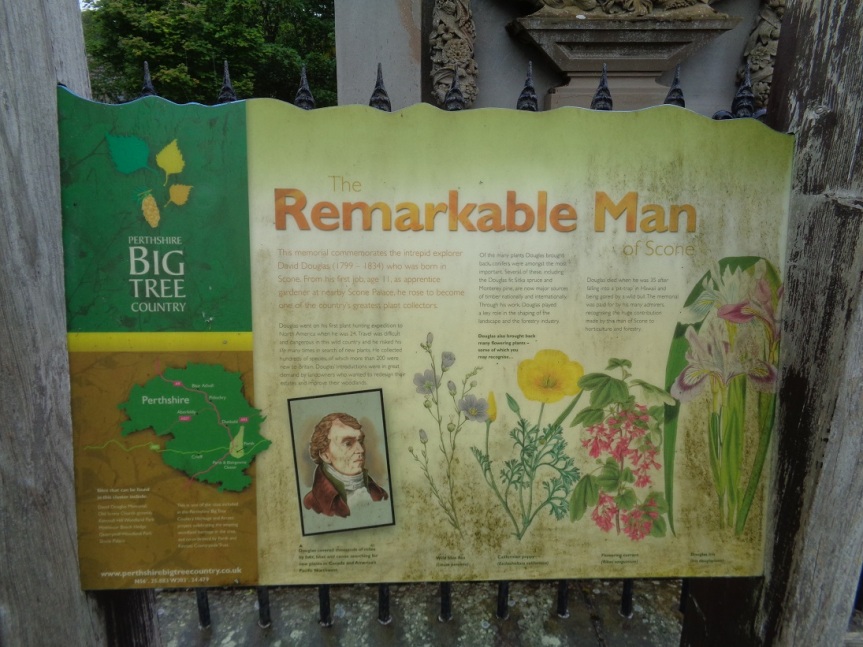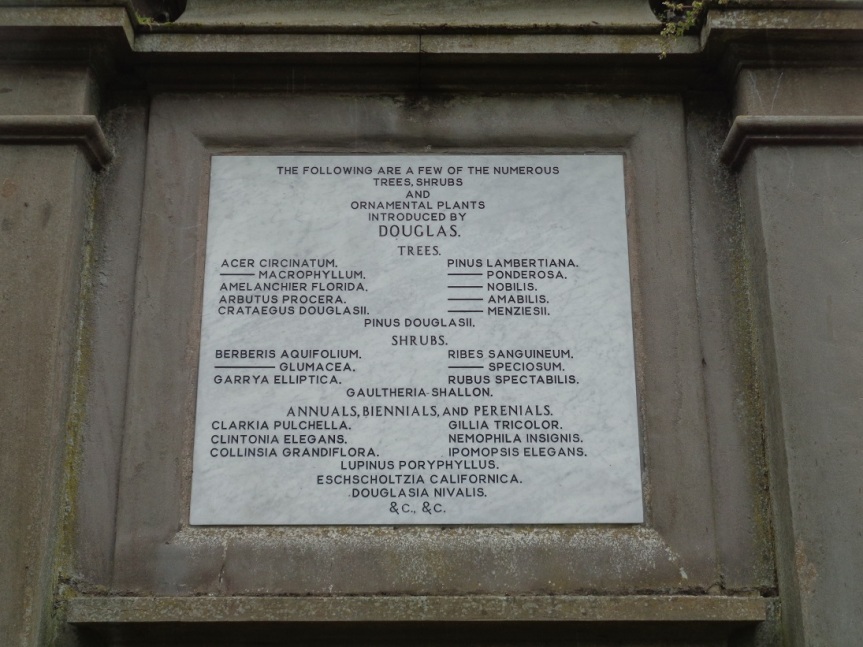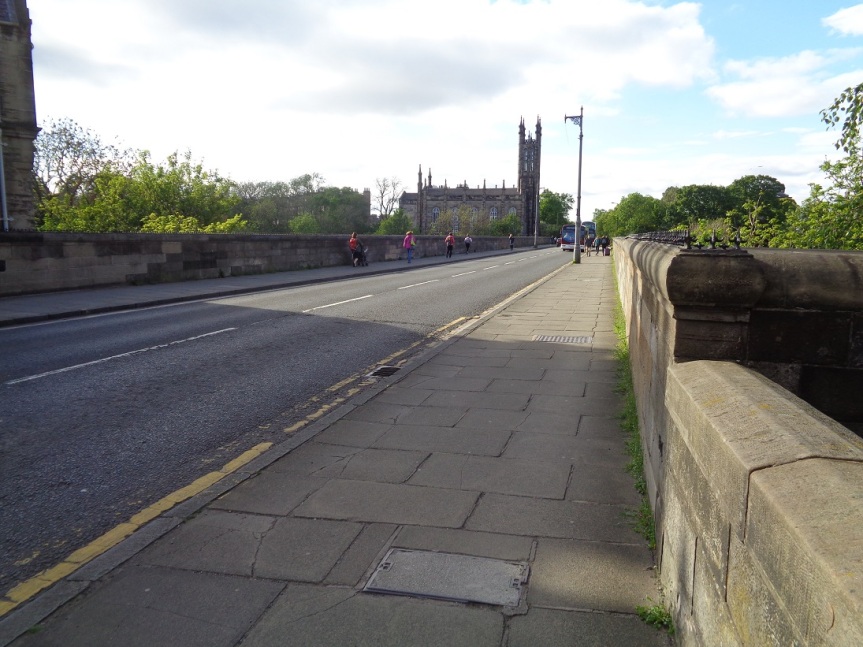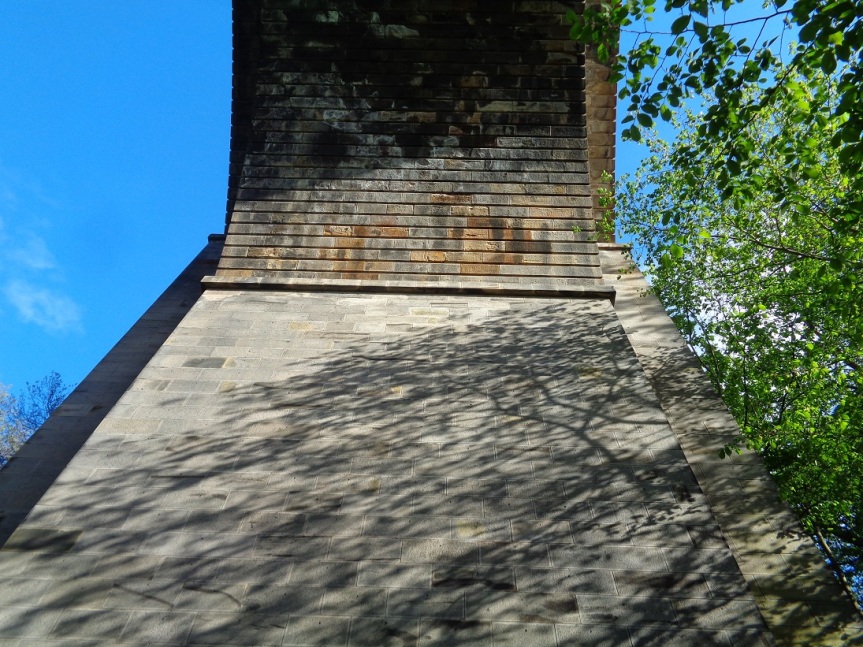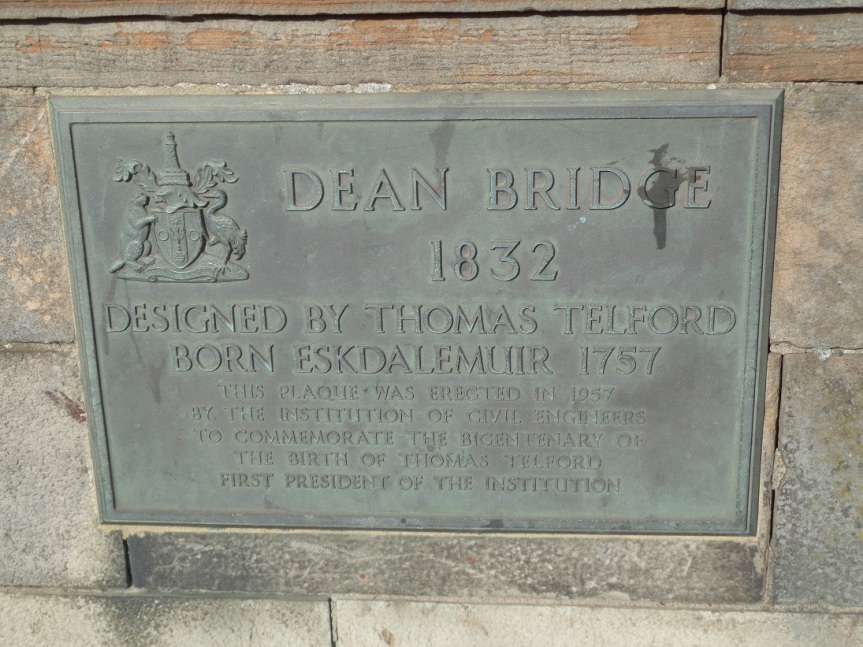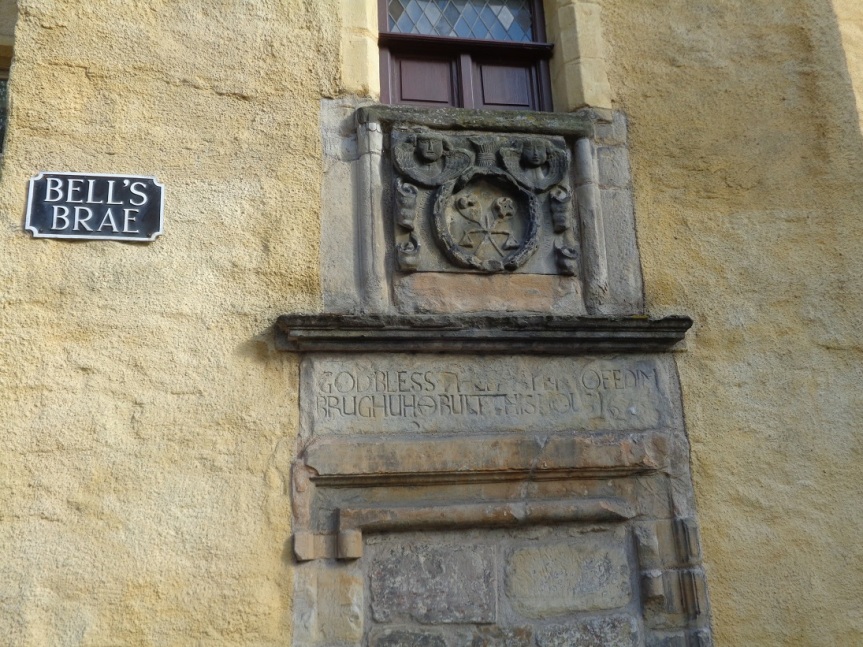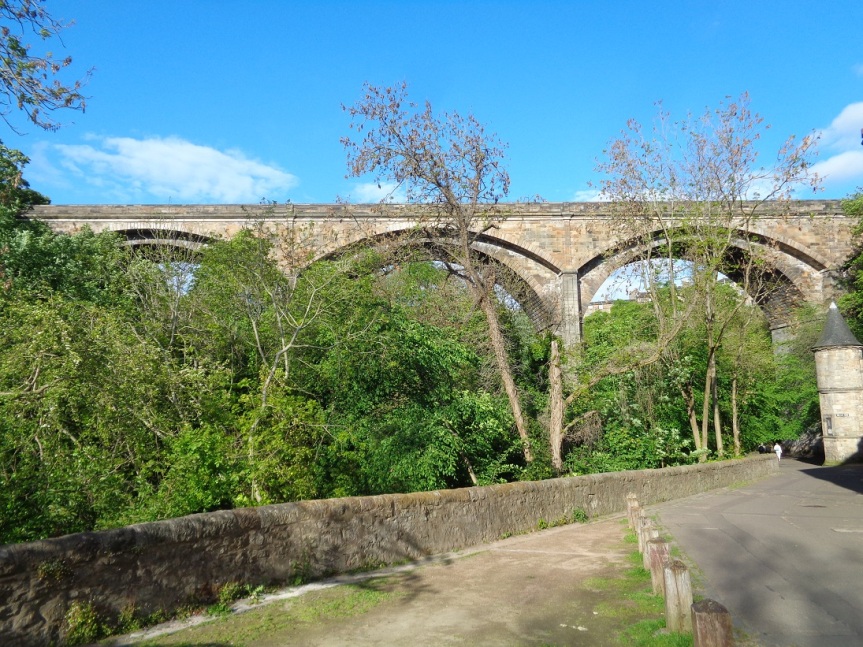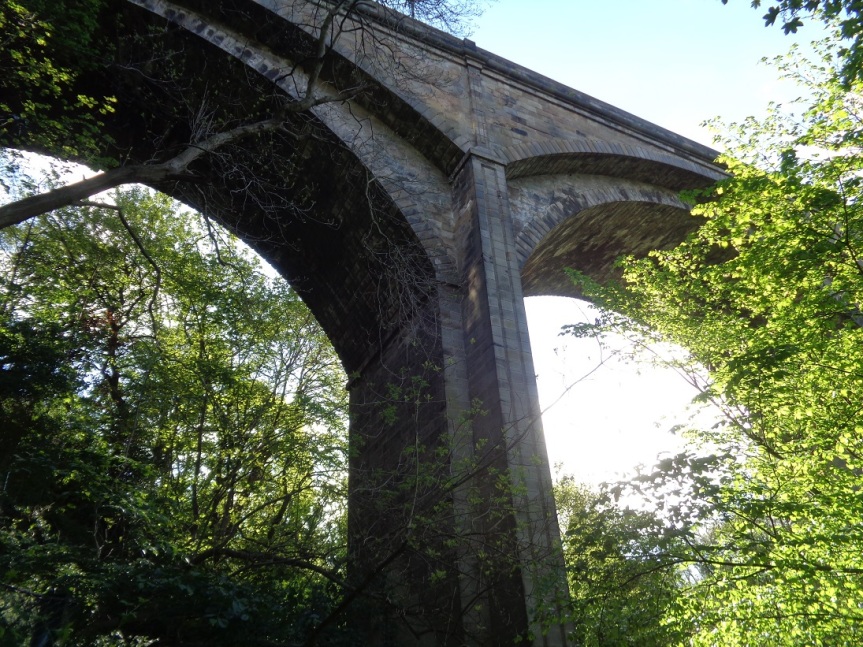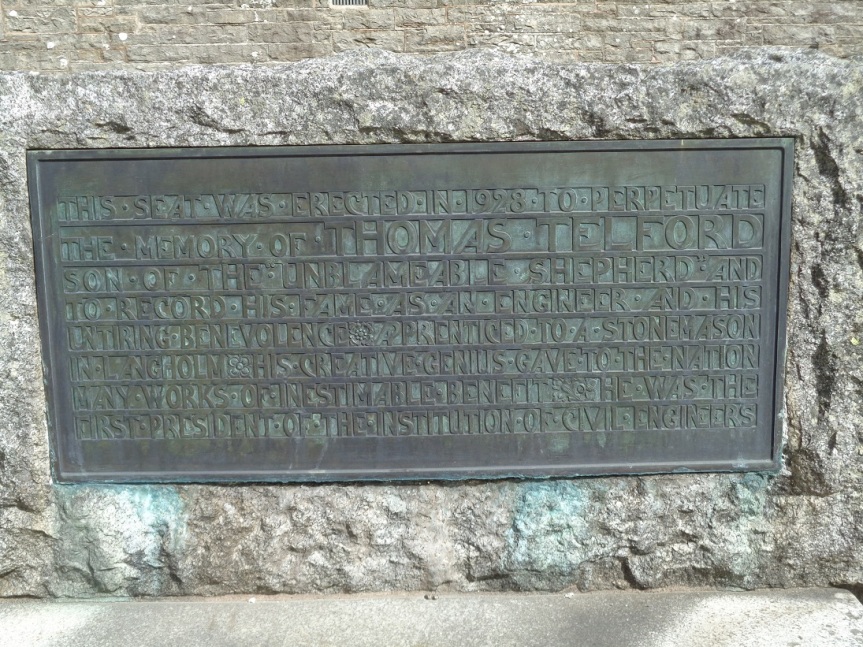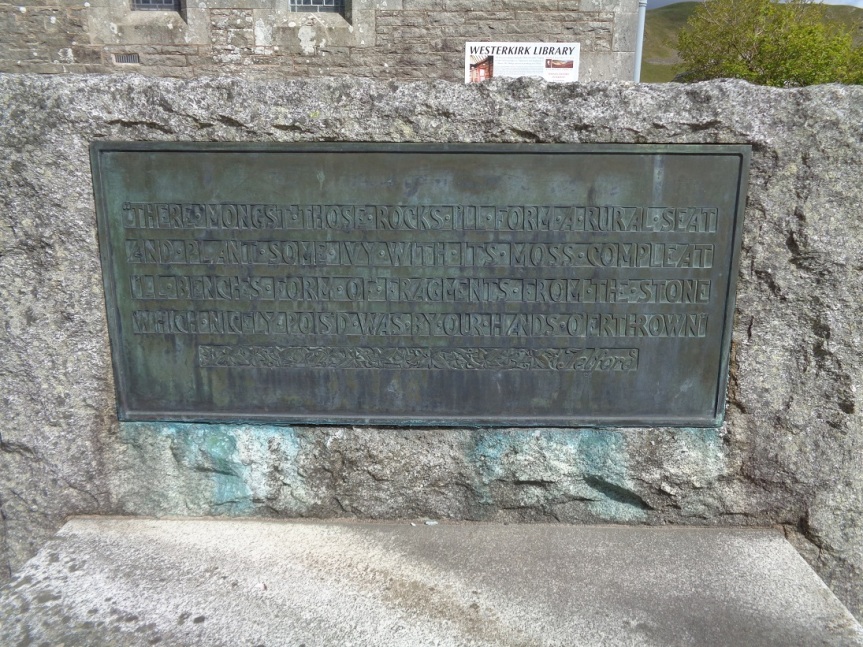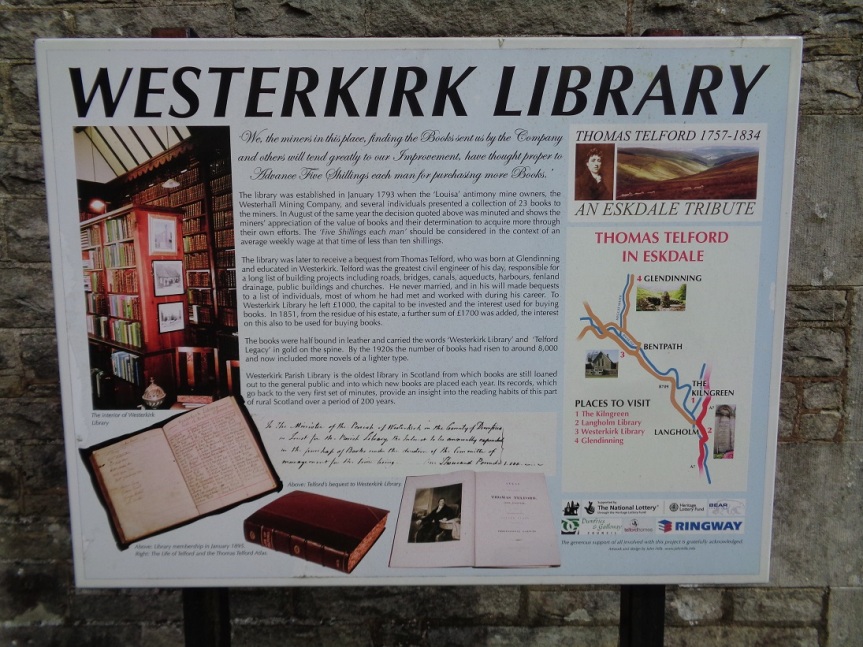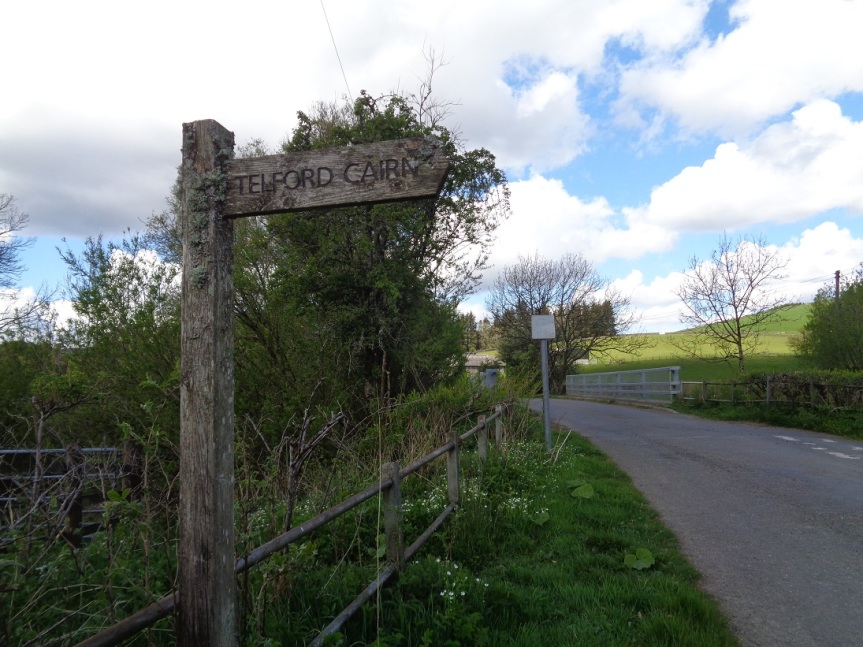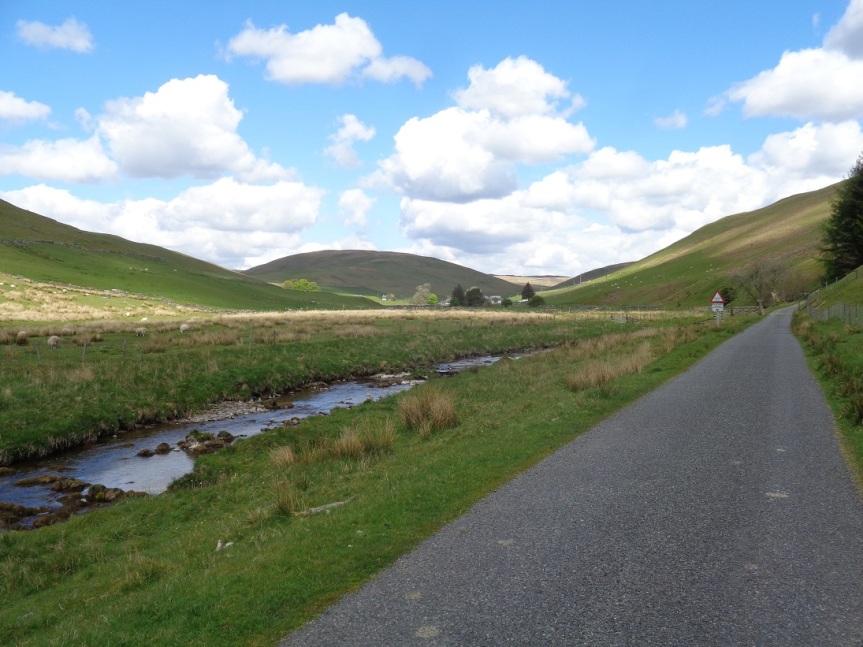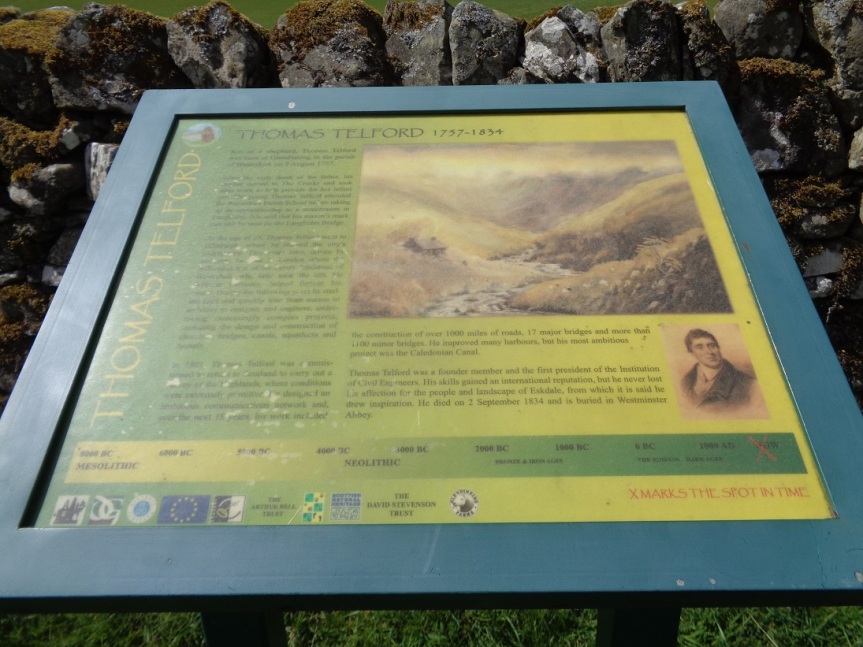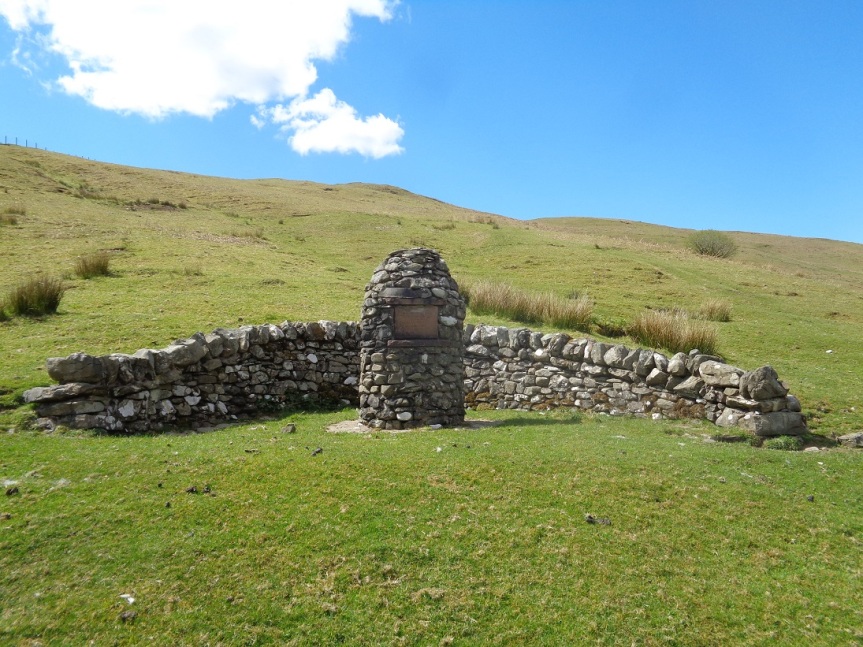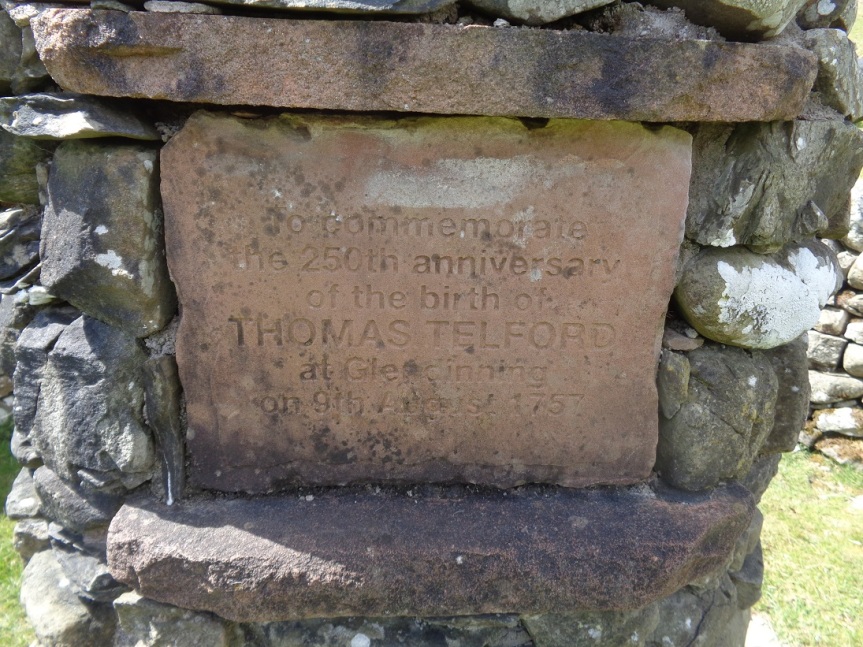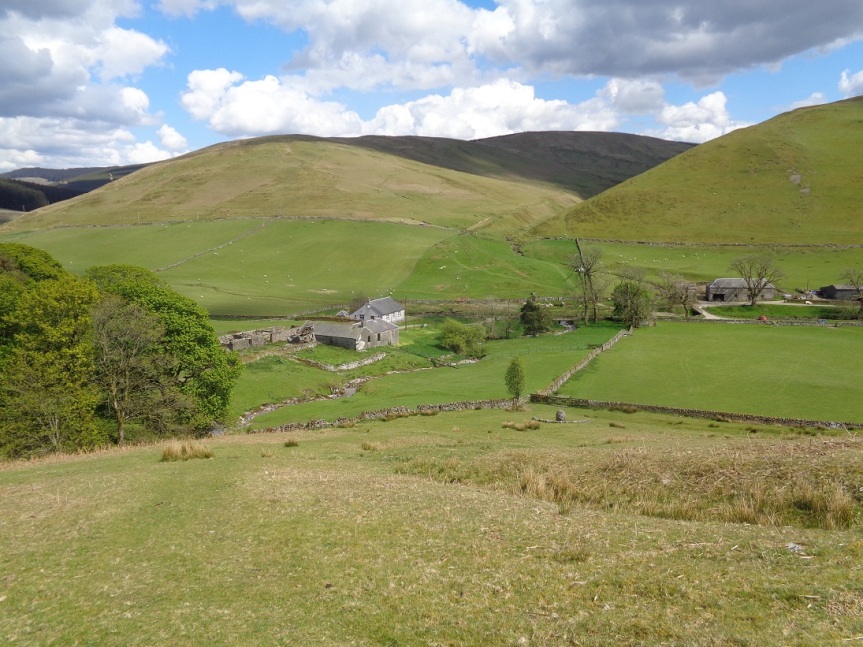(Also mostly a repost from elsewhere.)
I’ve mentioned George Heneage Dundas, the real life counterpart of Jack Aubrey’s friend, here before, but I haven’t posted my attempt to gather together both life stories. The character of the books is fairly classic O’Brian – based on history, but not quite, taken from his own family to become a son of one first Lord of the Admiralty and brother of another, in the shape of the first and second Lord Melville, Henry and Robert Dundas. (Which I think is a shame, because I find his real family far more interesting!)
In real life he was the fourth son of Thomas Dundas, son of Sir Lawrence Dundas. It doesn’t seem to have been a naval family – two of his brothers were in the army and another in the church, so it was presumably just something for a fourth son to do – but in those days it must have been difficult not to be involved somehow with ships, and his grandfather invested heavily in East India company ships and seems to have helped relatives to be appointed to posts on them, while his father was involved with steamship trials on the Forth and Clyde canal, so that the early paddle steamer Charlotte Dundas is named after his sister.
Two Dundas families
The two families involved, descending from Sir Lawrence Dundas, the ‘Nabob of the North’, and Henry Dundas, Viscount Melville, ‘The Uncrowned King of Scotland’ were distantly related in some fashion, but certainly weren’t friends.
Both were Scottish families originally – Lawrence Dundas was probably born in Edinburgh, where his father was a merchant, and is buried at Falkirk, but he bought various properties across the country, so that by the time his grandson was born the family was based at Aske Hall in Yorkshire.
There’s a wonderful case study of Aske Hall and Lawrence Dundas, carried out as part of a research project on The East India Company at home, which is well worth a look, either to find out more about the family or for pretty pictures of houses and interiors of the time.
Henry Dundas was born at Arniston in Midlothian and is buried at Lasswade reasonably nearby, and although both of them must have lived most of their lives in London, his son also died in Midlothian and was buried at Lasswade. I don’t know nearly enough about the politics of Scotland between the Union and the Reform Acts to understand the power that the Melvilles had, only that they did – one legacy being the fact that almost every town in Scotland appears to have a Dundas Street!
Edinburgh monuments
The two families meet in St Andrew Square in the New Town of Edinburgh, where a monument to the first Lord Melville dominates the square, and towers over half of George Street.
Lawrence Dundas is represented by Dundas House, now the head office of the Royal Bank of Scotland,on one side of the square – the site was meant to be used for a church, but it was such a commanding site – looking right down the central street of the New Town development – that he just decided to keep it for himself.
The house is built on the point from which the New Town was measured and laid out, and there’s a plaque in the floor of the bank to commemorate it.
I’ve read a story somewhere that the statue on Lord Melville’s monument was deliberately built with its back to Dundas House, but this does seem to be only a story.
The second Lord Melville had to be content with a much smaller monument at the other end of the New Town, which now acts as a kind of roundabout.



Two naval careers
Dundas’s first appearance in the books, as commander of Calpe at the battle of Algeciras, fits with the historical record, and seems to be the historical character – it’s not until Post Captain that he becomes the son of the First Lord of the Admiralty. (Which can only be true if M+C really does run from April 1800 to an Algeciras in the autumn of 1801, but that’s a whole other story.)
Before the story starts the fictional Hen seems to have spent most of his time in the West Indies, where he was with Jack in both Surprise and Bellephoron, while the real GHLD spent time in the Mediterranean, at least once he became a lieutenant, ending up on Queen Charlotte, where he would have served with Cochrane had Cochrane not been away in charge of a prize.
It was on Queen Charlotte that he became known for his efforts when she went on fire, which led to him being appointed to Calpe.
After Algeciras the stories split again, with the real GHLD mostly in the North Sea and the Baltic in Euryalus, and the fictional one first in the Leeward Islands, and then in England on half pay.
By late 1812 and The Ionian Mission, the real and fictional characters meet up again in the Mediterranean, although with Hen in Excellent rather than his actual Edinburgh – since this is the book where everyone is based on Lord Collingwood, this may be a nod to him – although the time spent on blockade seems to belong more to Euryalus, which spent some time with Collingwood’s fleet in the Mediterranean and later off Toulon, than to the real Edinburgh, which was ‘very actively engaged on the coasts of Italy’.
By Treason’s Harbour Hen has caught up with his real counterpart by moving into Edinburgh, which suggests that O’Brian did still have history in mind. The real GHLD then stayed with Edinburgh and the Mediterranean until the end of the war, but the fictional Hen dots about sometimes as required by the plot and sometimes for no particular reason – heading for the North American station in Eurydice in The Reverse of the Medal, back again in The Letter of Marque, in the ship of the line Orion in the Thirteen Gun Salute, the older and smaller Berenice from The Wine Dark Sea to The Yellow Admiral (apparently because he has upset his brother, now in charge of the Admiralty), Hamadryad in The Hundred Days, and Lion in Blue at the Mizzen.
We’ll never know what the fictional character would have done later on – the real one left the navy at the end of the war and stood on and off as a Member of Parliament, eventually becoming Second Naval Lord and briefly First Sea Lord – the highest naval posts in the Admiralty, as opposed to the First Lord of the Admiralty, who by that time was always a civilian.
—
(I’m not sure which name he actually used – he was christened George Heneage Lawrence Dundas, and signs his letters to the Gazette with all his initials – G.H.L. Dundas – rather than the Geo. Dundas I was half expecting. I still suspect that he used George, but O’Brian, who does his research even if he then muddles it up so much that no one can unmuddle it, did get that Heneage from somewhere before he had started playing about with history – he’s Heneage in Master and Commander.
I haven’t (yet) found another George in the immediate family for him to be confused with, or named after for that matter – it’s possible that he was named after e.g. a godfather – there seems to have been a line of George Heneages in Lincolnshire – but that’s only a wild guess.)
